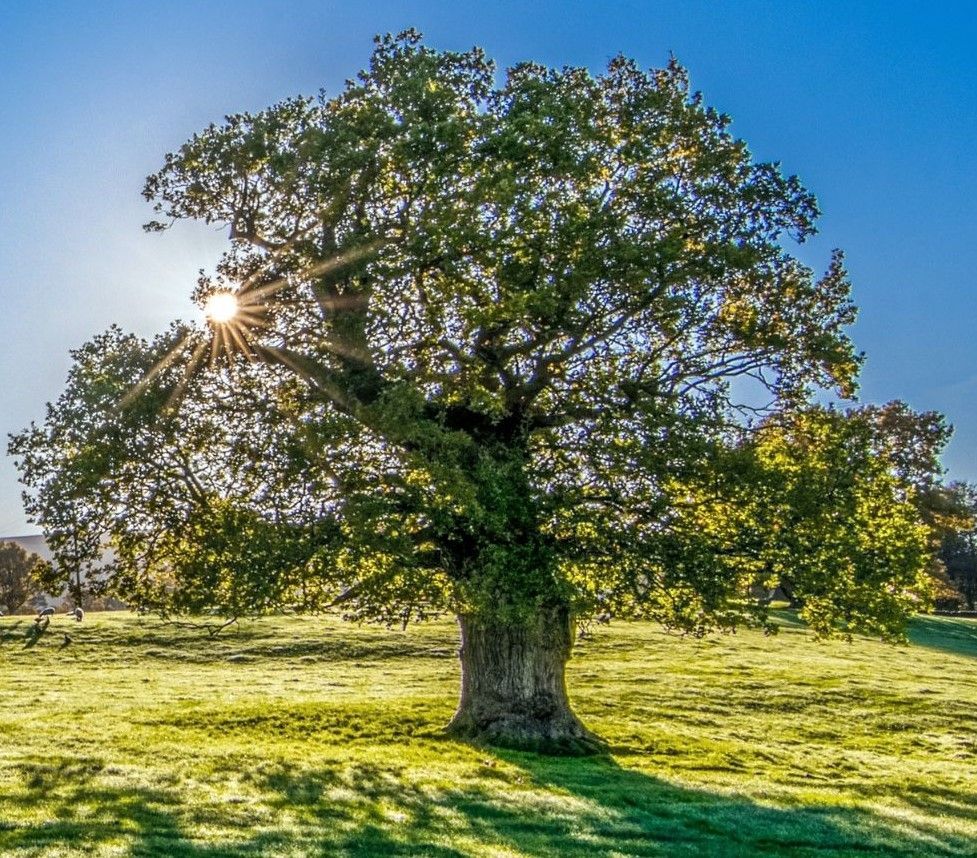How to Protect your Trees from Winter Weather
Winter weather can be harsh on trees, especially when snow, ice, and strong winds cause structural stress. To protect your trees from potential damage, cabling and bracing are two effective techniques used by arborists to provide added support and stability, particularly those with weak or compromised branches or trunks.
Why Winter Prep is an Important Step in Tree Care
Prepping your trees for winter is crucial because it helps protect them from the harsh conditions that can cause damage and stress. Here are a few reasons why it's important:
- Prevents frost damage. Cold temperatures, frost, and snow can harm trees, especially younger or more sensitive species. Prepping helps minimize the risk of branches breaking under heavy snow or from freezing temperatures.
- Reduces stress. Trees face stress during winter due to reduced sunlight, lower temperatures, and frozen soil. Proper care, like mulching or watering in the fall, helps trees maintain health and resilience during these months.
- Prevents pest and disease. Some pests and diseases become dormant in the winter but can reemerge in spring if not addressed. Pruning dead or diseased branches and applying horticultural oils can prevent infestations from spreading.
- Protects roots. Winter mulch helps insulate tree roots, preventing them from freezing and providing consistent moisture levels. This is particularly important for younger trees that are still establishing themselves.
- Maintains structural integrity. Pruning dead or weak branches before winter storms hit reduces the risk of falling limbs, which can pose a danger to people, property, and the tree itself.
Your Options for Winter Tree Prep
When preparing your trees for winter, several options can help protect them from cold temperatures, snow, ice, and harsh winds.
- Mulching. Mulch helps insulate the soil, protecting tree roots from freezing temperatures and helping retain moisture during the winter. Spread a layer of mulch (about 2-4 inches thick) around the base of the tree, leaving a few inches of space around the trunk to prevent rot.
- Water before winter. Adequate hydration is important before the ground freezes. Well-hydrated trees are better equipped to withstand winter stress. Water deeply in the late fall before the first frost. Focus on newly planted trees or those that experienced drought during the summer.
- Wrap the tree trunks. Young trees, especially those with thin bark, can suffer from sunscald or cracking due to temperature fluctuations. Use tree wrap (usually a light-colored material) around the trunk to reflect sunlight and prevent cracking. Remove the wrap in early spring.
- Prune. Removing dead or weak branches before winter reduces the risk of them breaking under the weight of snow or ice, which could damage the tree or surrounding property. Prune in the late fall after the tree has entered dormancy but before the first major snowfall. Focus on dead, diseased, or weak branches.
- Fertilize. Applying slow-release fertilizer in late fall helps ensure that trees have the necessary nutrients for winter survival and spring growth. Use a balanced, slow-release fertilizer around the base of the tree, following product instructions. This will feed the tree over the winter months.
- Install deer and rodent guards. Deer, rabbits, and other animals may chew on bark during winter when food is scarce, which can damage or kill young trees. Install wire mesh or plastic tree guards around the trunk to prevent animals from getting to the bark.
- Install cables or braces. If a tree has weak branches or is prone to splitting, cabling or bracing can help stabilize it through heavy winter storms. This is a more specialized option and usually requires a professional arborist to assess and install the necessary support.
- Use anti-desiccant sprays. Evergreen trees and shrubs are particularly susceptible to moisture loss during winter. Anti-desiccant sprays help reduce water loss from foliage. Apply the spray in late fall when temperatures are still above freezing, following the product instructions for best results.
- Regular snow and ice management. Snow and ice can bend or break branches, especially on evergreens. Preventing accumulation can help avoid damage. Gently brush snow off branches after storms, and avoid using harsh ice-melting chemicals near trees that could harm their roots.
Each of these methods helps safeguard your trees through the winter and ensures they are in the best condition for the coming spring. Depending on the age and type of trees you have, you may need a combination of these approaches for the best results.
Hiring arborists to winterize your trees ensures that the work is done by trained professionals who understand the specific needs of each tree species. Proper installation is critical for the effectiveness of these techniques. The techniques used and the hardware employed must comply with industry standards to ensure the safety and health of the tree. Regular inspections and maintenance are also essential to monitor the effectiveness of the winter support systems over time.
References:
https://branchmgmt.com/2019/01/08/tree-cable-and-bracing-for-winter-storms/
Images - Canva

Sign up for monthly newsletters!
Get our latest articles, delivered right to your inbox. No spam, ever.
Contact Us
Check out the latest...







